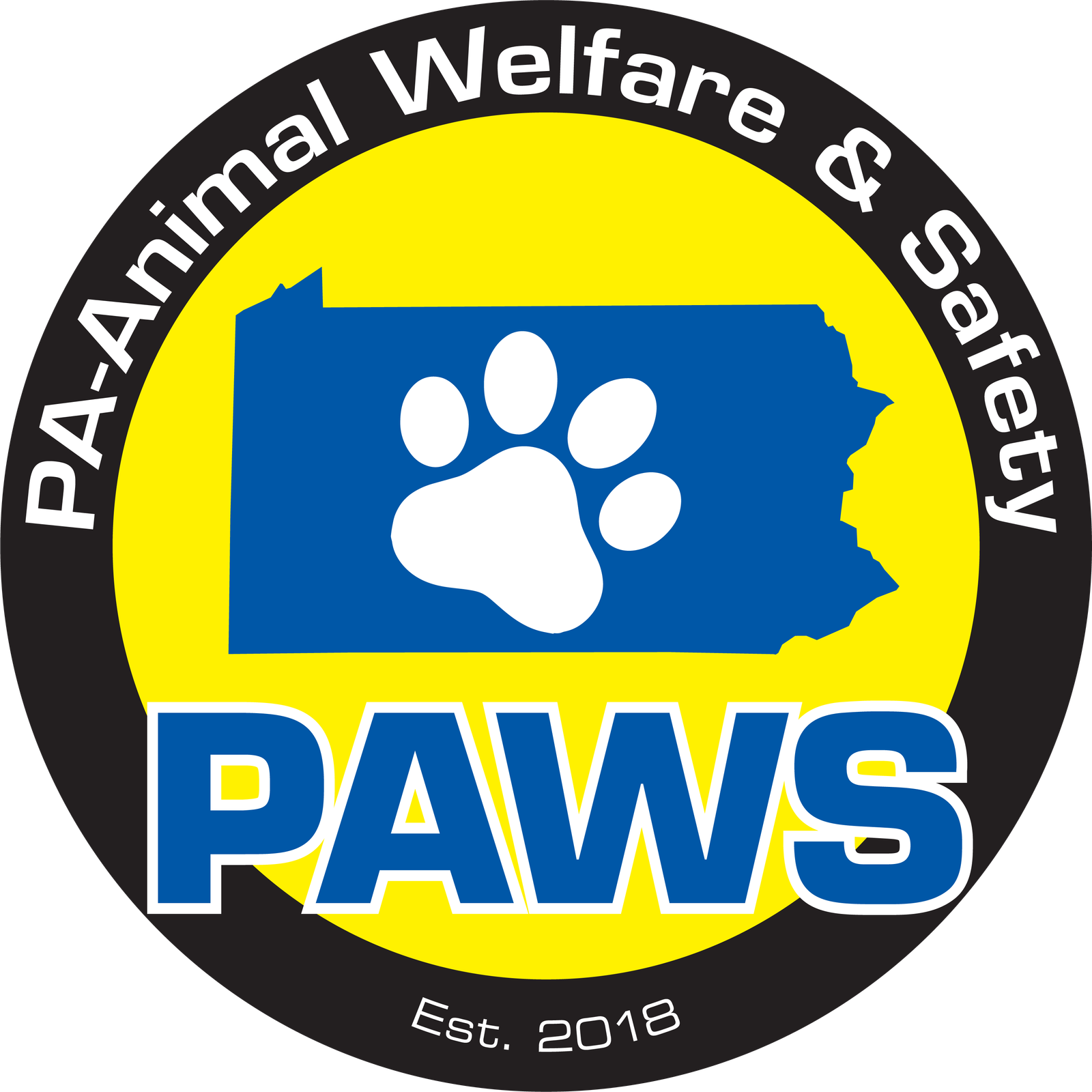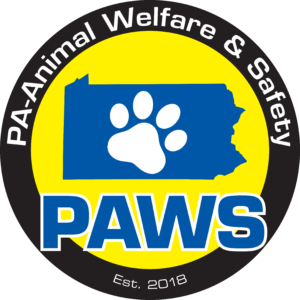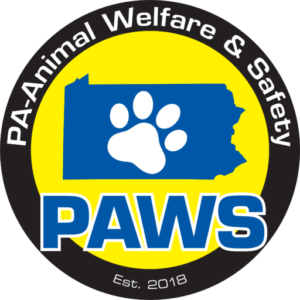As your female’s due date approaches, not only should you gather your whelping supplies, but also make plans just in case she needs an emergency C-section.
DETERMINE HER DUE DATE: Ideally, you performed progesterone testing during her heat cycle in order to pinpoint the exact date of ovulation. Whelping should occur between 62 and 64 days post-ovulation. Because dogs will mate for several days before and after ovulation, and sperm can live up to a week in her reproductive tract, if you don’t know the ovulation date then you can’t know definitely if your bitch is overdue until 72 days post-breeding.
ESTABLISH A VETERINARY RELATIONSHIP: Make your veterinarian part of your team by discussing pre-breeding tests and vaccinations, prenatal care, and what you should do should a whelping emergency occur either during or after regular office hours. Don’t expect a veterinarian who doesn’t know you or your dog to rush in after hours or even squeeze you in between appointments. This is very important! If you have a relationship with a vet and tell him in advance for example “there’s a __ % chance Tracy will need a c-section,” he may leave an opening for you.
So that brings the next question, HOW DO I KNOW IF SHE NEEDS A C-SECTION?
IS THERE A PUS-LIKE OR BLOODY DISCHARGE? All vaginal discharge prior to giving birth should be clear, with one exception: a whitish stringy discharge may simply be the mucus plug shedding in the days or hours before whelping. This is normal and no cause for alarm. If the discharge is made up of large amounts of bright red blood, this is also a medical emergency that requires immediate veterinary attention. Some bloody discharge is normal during and after whelping, but if it is bright red and seems like too much, it may be an emergency.
HAS SHE BEEN IN STAGE 1 LABOR FOR MORE THAN 12 HOURS? Stage 1 labor is the period preceding hard labor, usually indicated by restlessness, panting, digging, nesting, and shaking. Encouraging the dam to walk may help stimulate contractions.
HAVE MORE THAN TWO HOURS PASSED BETWEEN PUPPIES BEING BORN? She may have whelped all her puppies, or she may be exhausted and unable to continue. If she is through whelping, she will generally settle with the puppies and nurse them. If she still has some left, she may continue to be restless. Walking the dam around the yard can help stimulate contractions and letting her eat something like ice cream, cottage cheese or whipped cream can help energize her.
IS THE PUPPY IN THE WRONG POSITION? Normal birth presentation for dogs is either head or tail first, with front legs extended in front of the puppy, and rear legs presented stretched out behind the puppy. Abnormal positions include head first with front legs backward along the chest walls or bent in different positions; rear first with hind legs facing toward the puppy’s head or in different positions; front first with the head bent to the side or backward, or side first. Because of the limited space, it is difficult to manipulate the puppy’s position, but you may be able to try using one or two fingers or a tiny tube to pass it beyond the puppy. The puppy will be very slippery, so using gauze will help you get traction. Warning: Do not use instruments, and do not pull on the puppy too hard, as it can separate joints, pull skin off, and even pull appendages such as the tail off. If gentle manipulation is unsuccessful, a C-section is needed.
Many young dog breeders push off the fact that C-section is needed, until it’s too late. Remember being proactive is key to any situation and go by your gut feeling! DO NOT push it off till it’s too late, or you will lose puppies & possibly the female.








